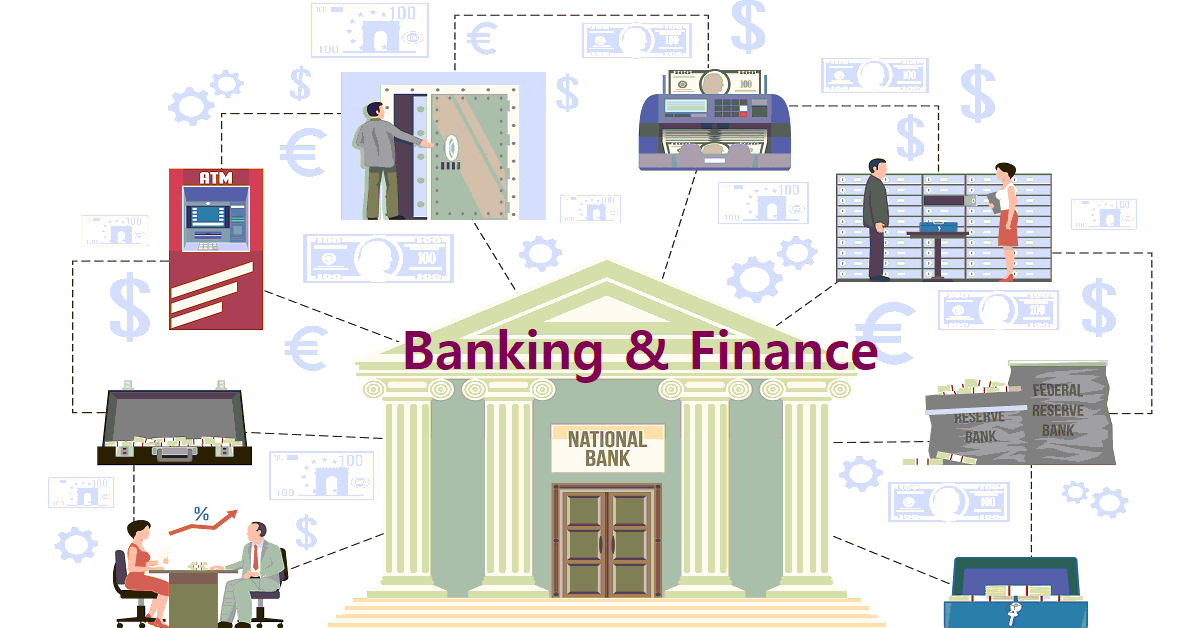
Electronic banking refers to the delivery of banking services and products through electronic channels such as online banking, mobile banking, and digital banking. With the advent of technology, electronic banking has become a popular mode of banking among consumers, making it a critical aspect of the banking industry. This article aims to explore the relationship between electronic banking and customer satisfaction and provide insights into the future of electronic banking.
Advantages and Disadvantages of Electronic Banking:
Electronic banking has several advantages, including convenience, speed, and accessibility. Customers can access their banking services from anywhere and at any time, reducing the need for physical visits to the bank. Additionally, electronic banking services are faster and more efficient compared to traditional banking, resulting in higher customer satisfaction levels.
However, electronic banking also has its disadvantages. Security concerns are a major concern for customers, as there is a risk of cybercrime and fraud. In addition, some customers may find it challenging to use electronic banking services due to a lack of technical knowledge.
Impact of Electronic Banking on Customer Satisfaction:
According to a recent survey, 84% of customers use electronic banking services regularly. This suggests that electronic banking has a significant impact on customer satisfaction levels. The introduction of mobile banking services, in particular, has had a significant impact on customer satisfaction. A case study of a major bank showed a 25% increase in customer satisfaction levels after the introduction of mobile banking services.
Factors Influencing Customer Satisfaction with Electronic Banking:
Several factors influence customer satisfaction with electronic banking. These include ease of use, security, and availability of services. Customers expect electronic banking services to be user-friendly, secure, and accessible at all times. Banks that provide these services are more likely to achieve higher customer satisfaction levels.
Latest Trends and Innovations in Electronic Banking:
The banking industry is continually evolving, with new trends and innovations emerging regularly. Some of the latest trends in electronic banking include biometric authentication and virtual assistants for customer support. Biometric authentication, such as facial recognition and fingerprint scanning, enhances the security of electronic banking services. Virtual assistants provide customers with instant support and assistance, improving their overall experience.
Role of Technology in Improving Customer Satisfaction:
Technology plays a crucial role in improving customer satisfaction with electronic banking. Banks that invest in advanced technology and provide innovative services are more likely to achieve higher customer satisfaction levels. With the help of technology, banks can provide faster, more efficient, and secure services, which are essential for customer satisfaction.
Impact of Electronic Banking on Traditional Banking and its Future Prospects:
Electronic banking has had a profound impact on traditional banking, with many banks shifting their focus from traditional banking services to electronic banking services. The trend is expected to continue in the future, with more banks focusing on providing innovative and secure electronic banking services. As a result, traditional banking may become obsolete in the future, with electronic banking becoming the norm.
Conclusion:
In conclusion, electronic banking has had a significant impact on customer satisfaction levels. With the advent of technology and the emergence of new trends and innovations, electronic banking is expected to become increasingly important in the future. Banks that invest in technology and provide innovative and secure services are more likely to achieve higher customer satisfaction levels.
Banking and Finance

